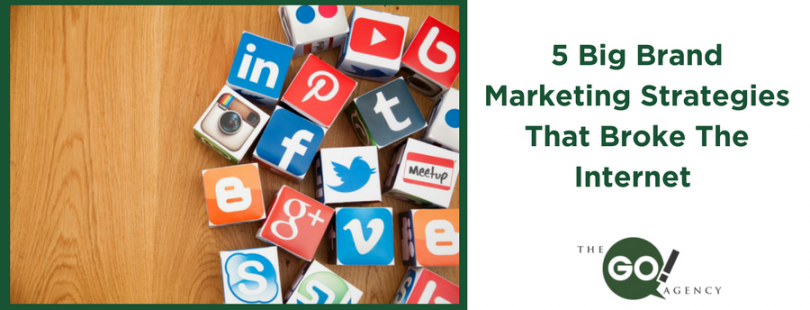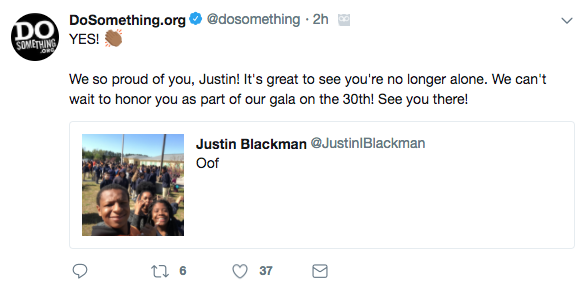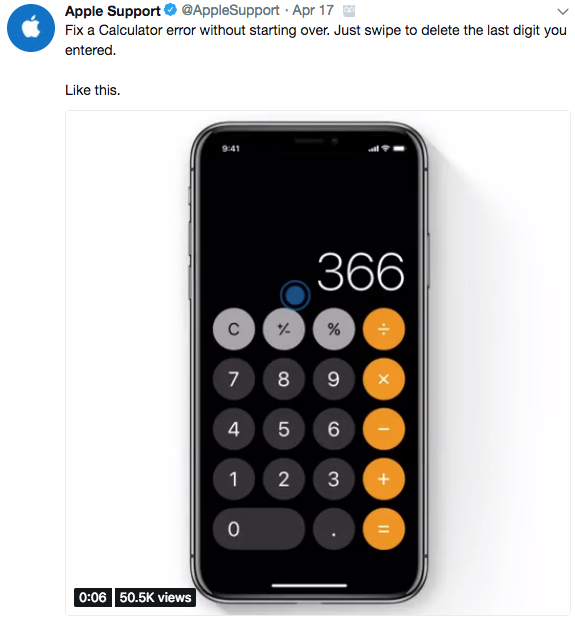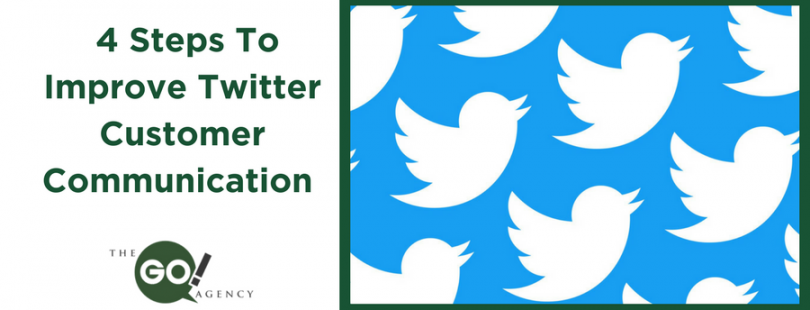Our previous blog explained the importance of performing regular social media audits. Today we’re sharing the auditing process.
It’s just five simple steps. They won’t require any advanced software or programs (though certain types of tools can be helpful). You just need Google and a spreadsheet.
Take it step by step and discover for yourself how valuable the information you gain from a social media audit can be.
Phase 1: Create a Spreadsheet
You can do this with any spreadsheet program so let’s start by creating one using the program of your choice (Google Docs, Excel, Numbers, etc.).
Use one column for each social media platform, the next column for the URL to that account, and a column for the owner of each account.
Here, “owner” refers to the person in your organization who runs your social media, or at least that specific account. He or she is also the person who has access to the login information. If you have a department for social media, use either the head of that division or the individual employee who is responsible for each social media account. Likewise, if you use an outside social media marketing company, the “owner” would be your contact person or account manager.
Phase 2: Research
Search for your social presence on Google, using the name of your brand/company. If your company has any nicknames or shorthand versions (e.g., Chevrolet and Chevy, The Walt Disney Company and Disney), search for those as well.
Check each social media profile in the results. The objective of this phase is to gather data and discover any accounts you may have forgotten about or any accounts that someone else created (rogue accounts). Contact site administrators if you believe that someone set up a fake account in the name of your business.
Track the results with your spreadsheet, but only focus on the platform and URL for now. After you have listed every account, you will be ready to move on to the evaluation.
Phase 3: Evaluate the Platforms
Add a column labeled “Goals.” Knowing your goals for each platform will help you ascertain if your presence on that social media platform is beneficial to your brand.
Goals can include more reach, more engagement, etc. These goals can be as specific or as general as you prefer. Once you’ve established the goal for that platform, you can determine if a profile is working.
For example: The goal for your Instagram account is to increase brand awareness among retirees age 85 and over. Instagram, which skews towards a younger audience, is simply not the best platform for your brand.
After this phase, you should know which – if any – of your social media profiles you will delete.
Phase 4: Polish the Profiles
Make sure that each profile looks amazing. Check that all logos, icons, and other branding materials are current, and that the color scheme is also in-line with the brand. Update every bio and description. Ensure that all web addresses and contact information are correct.
After the cosmetic overhaul, you should take the audit further and look at each profile and answer the following questions:
- Is the content aligned with the brand’s current marketing strategy?
- Is the content consistent and on-message?
- When was the last update?
This is also a good time to gather the login information for all of your social media profiles in one place so that you and your team can access any profile as needed.
Phase 5: Analyze Performance
Now, for the final step: analyzing the performance of each social media profile.
You need to determine how well each platform is working for you. What is the rate of engagement? How many clicks or comments did a given post receive?
You’ll also need to delve into your content: what type drives the most engagement? What is the quality of your engagement? We’ll discuss this step (and some of the tools you might use to simplify this process) in our next blog.
Getting the Most Value from Your Social Media Audit
You don’t have to rely on guess work or “gut feelings” when you make decisions about your social media marketing campaigns. If you follow these simple steps to do an effective audit of your social media activities, you can gain some important insights and make informed decisions about how you build your brand online.
Of course, there’s always more to learn, and at The Go! Agency we can provide a social media audit that gathers all the relevant data so we can provide actionable recommendations for optimizing your campaign.
Do you want to get more from your social media presence? Contact us today to get started.
Read More





















